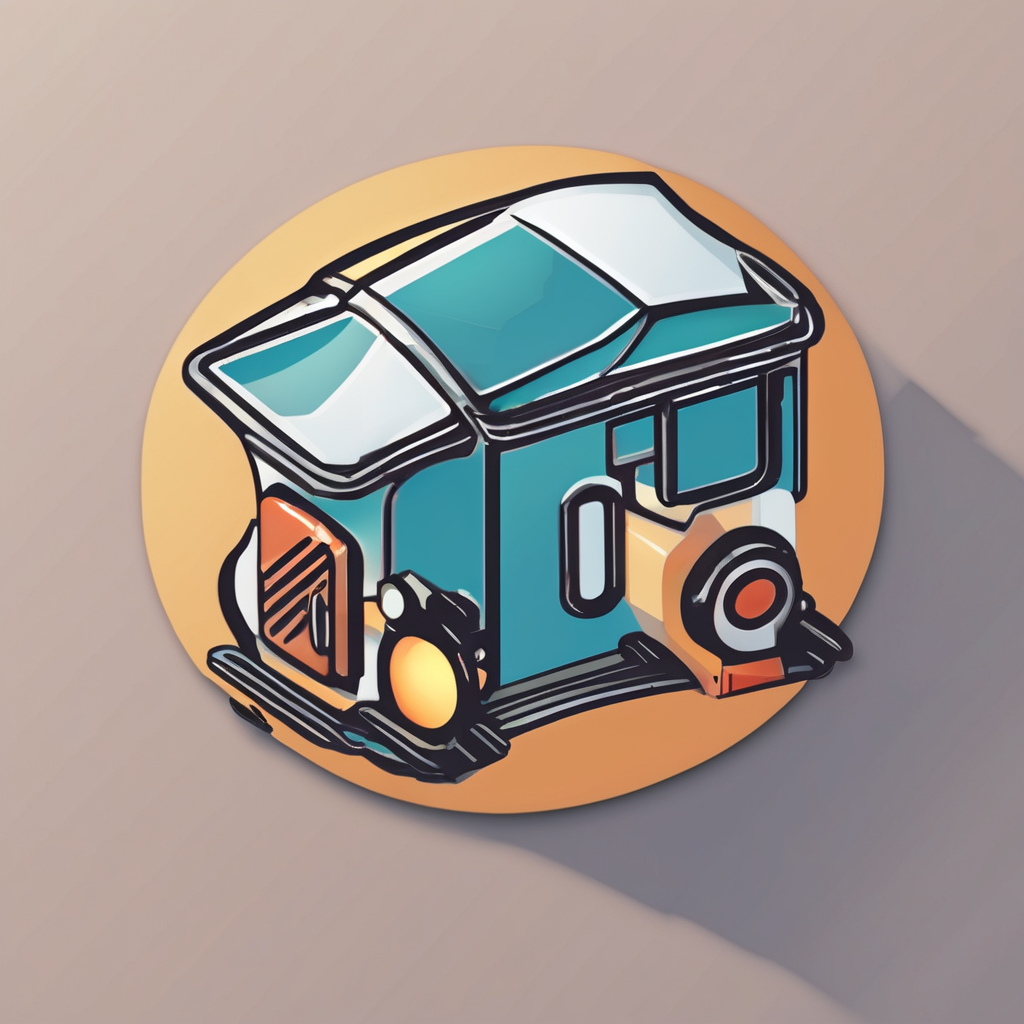Essential tools, parts, and preparation for replacing rear shock absorbers on your Kawasaki Ninja 400
Before diving into Kawasaki Ninja 400 shock absorber replacement, having the right tools is crucial for a smooth process. Essential rear shock tools include a torque wrench, socket set (especially 12mm and 14mm sockets), a grease gun, and a pair of sturdy jack stands. Don’t forget replacement parts like new shock absorber bushings and washers to ensure a secure installation.
Preparing your Ninja 400 properly helps avoid damage. Start by cleaning the area around the rear shock to prevent dirt intrusion. Then, raise the rear end using jack stands, ensuring stability throughout the maintenance. Disconnect the battery as a safety precaution to prevent accidental starts.
Additional reading : Ultimate maintenance handbook: top strategies for preserving your ducati scrambler 800 drive chain
Safety is paramount when doing DIY motorcycle maintenance. Wear gloves and eye protection, and work in a well-lit environment. Verify the motorcycle’s stability after lifting. Always release tension from the rear suspension cautiously before unbolting the shock absorber to avoid injury. By thoroughly prepping your bike and using the correct tools, you can confidently tackle the Kawasaki Ninja 400 shock absorber replacement with greater efficiency and safety.
Step-by-step procedure for removing the original rear shock absorber
Removing the rear shock on your Ninja 400 requires careful attention to detail to ensure safety and prevent damage. Begin by placing the bike securely on a stand to stabilize it and relieve pressure on the rear suspension. Locate the rear shock absorber, which connects the swingarm to the frame.
Also to read : Ultimate guide to mastering brake fluid inspection and replacement on your honda africa twin: crucial steps uncovered!
Start the disassembly steps by unbolting the lower mounting bolt first. This bolt can often be stubborn due to exposure to dirt and corrosion. Applying a penetrating lubricant and allowing it to sit for several minutes can ease removal. Use a correctly sized wrench or socket to avoid rounding off bolt heads.
Next, unbolt the upper mounting point, which sits near the frame. Be sure to support the shock absorber as you remove this bolt to prevent it from dropping suddenly. During the process, shield nearby components such as brake lines and wiring harnesses to avoid accidental damage.
Once both bolts are removed, carefully remove the shock absorber from the motorcycle rear suspension. These steps will help you safely and efficiently remove the original rear shock on the Ninja 400. If you prefer, visual guides or video tutorials can offer additional clarity during this procedure.
Installing and upgrading rear shock absorbers: expert advice
When you decide to install rear shock Ninja 400 parts or perform a shock absorber upgrade, attention to detail is crucial for safety and performance. Begin by loosening the bolts securing the old shock absorber. Use a calibrated torque wrench to tighten the new shock’s mounting bolts to the manufacturer’s specifications, commonly around 30-40 Nm, but always verify for your specific model. Over-tightening or under-tightening can lead to premature wear or hazardous riding conditions.
Common mistakes during aftermarket shock installation include neglecting to lubricate mounting points and using incorrect bolts. Both can lead to squeaks or loosening. It’s also critical to ensure the shock absorber is correctly aligned; misalignment reduces handling precision and causes uneven tire wear.
For those considering a shock absorber upgrade, performance options like adjustable preload and damping shocks improve ride quality dramatically. Owners report noticeable comfort benefits and better stability during aggressive rides. Models compatible with the Ninja 400 include various aftermarket brands tailored to provide a balance between comfort and sportiness. Investing in the right upgrade requires matching compatibility and following installation instructions precisely to maximize benefits and ensure safety.
Troubleshooting, testing, and final checks after installation
After installing the rear shock absorber on your Ninja 400, it’s essential to conduct thorough post-installation tests to ensure the part fits and functions correctly. Begin by visually inspecting the mounting points—check that bolts are securely fastened and no gaps exist where the shock interfaces with the frame. A loose or misaligned installation can cause compromised suspension performance or damage.
Next, perform a basic rear shock troubleshooting routine. Compress the suspension by applying downward force on the rear end and observe the shock’s rebound speed. If it feels overly stiff or too soft, your shock may need adjustment or could indicate improper installation. Listen for unusual noises like creaking or knocking when bouncing the rear, a common symptom of fitment issues.
For fine-tuning, experiment with the shock’s preload and damping settings to tailor the suspension to your riding style and load. The Ninja 400 suspension tuning process involves adjusting these settings incrementally, testing the bike on different road surfaces to achieve balanced comfort and handling. Remember, small adjustments can significantly impact ride quality and control.
Key Features of Robot Hoovers
Exploring the key features of robot hoovers offers clarity on what sets these devices apart within modern cleaning technology. Many robot hoovers employ advanced navigation systems—such as LIDAR or cameras—allowing them to map home layouts precisely and clean efficiently. This, combined with intelligent software, ensures they don’t repeatedly cover areas or miss spots.
One pivotal feature is their capability to adjust cleaning power based on floor type. Whether shifting from carpet to hardwood, a robot hoover can optimize suction for better results. Another standout attribute is scheduling flexibility; you can program them to clean at specified times, delivering convenience especially for busy households.
Sensors also help in obstacle detection, preventing collisions with furniture and drops from stairs. Some robot hoovers boast self-emptying bins, reducing the frequency of manual disposal and enhancing ease of maintenance.
Considering these features helps users make informed choices, matching their cleaning needs and lifestyle. Selecting a robot hoover equipped with these technologies ensures a blend of efficiency, convenience, and effectively automated home cleaning.

